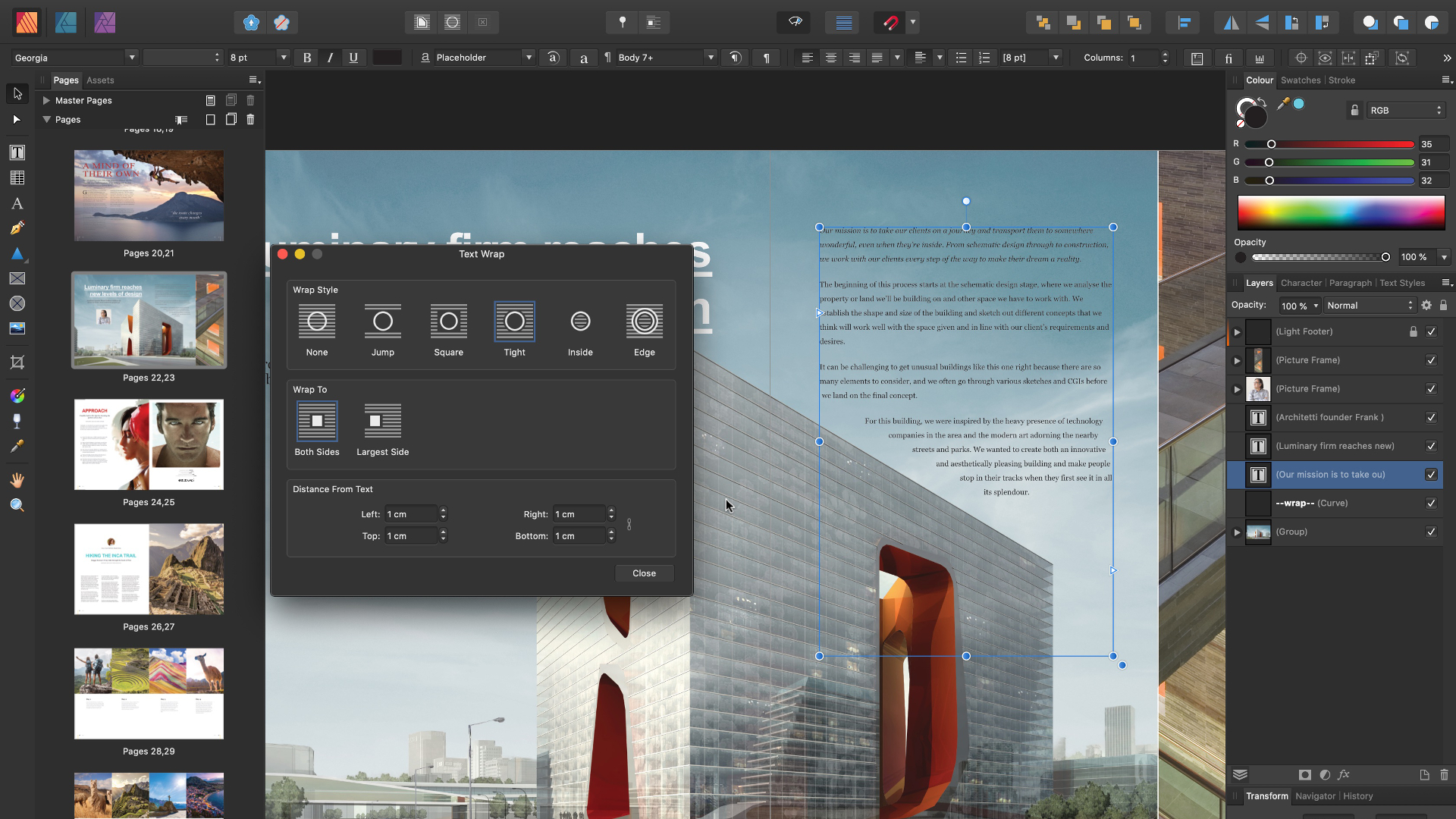
The marginal notes then gradually increased until they reached the bottom of the main text. The short definitions of the old glosses were then grouped together to form the glossary. The presentation was still rather confusing, however, and one day someone pushed the notes to the periphery of the text, to the right and left margins of the page. This new type of intracolumn notes did not really catch on. Several gutters then appeared on each page. Leaves became wider with the progress of mechanisation and, thanks to the printing press, the writing became smaller in size. The note itself evolved to be placed in the gutter, which became wider and wider and then single when the text frame was split into two columns. I have not quoted this format, as this type of note hardly exists any more. Historically, the note was placed in the middle of the page (in a large rectangle), and was often surrounded, or sometimes filled in, by smaller written details. The distinction between the different notes is based on their position on the page and not on their content (one paragraph per note, or one paragraph for all notes).
Affinity publisher footnotes windows#
I think that of it ever is unusable because of a Windows update, I will retain a computer solely for using understand your confusion better.Ī little history will help you understand.Ī note is a statement of variable length (one word is enough) on a more or less precise segment of the text, and placed either opposite or in reference to this segment.

I am becoming convinced that the management are not interested in publications other than magazines and flyers, which is seriously disappointing if true. But this really does not forward the please for AP to implement the features they originally provided in Serif PagePlus X9. The ambivalence of the form is at once its strength and its weakness.

I hate to split hairs (well, perhaps not) but the use of 'users' does not mean all users, any more than saying that 'humans eat meat' means that all humans do so. In your sentence above with the use of the word 'all' you seem to have made this mistake. It would be better if they wrote 'some users' or 'many users', both of which would be fair and probably accurate. Without qualification, 'users' means 'all users'. It is a common error that I see here in the forums when there is a call from some people asking for a feature when they write something like 'users want.'.

'All' in English does not mean 'nearly all' or 'most' or 'the vast majority'. I accept that you wrote a succession of notes on the same line does occur, but you immediately contradict yourself with your use of the word 'all'. You obviously did not read your previous post. These presentations are often seen in contracts, instructions manuals, and posters. The first (just after the previous) is a special case of the second (after a blank). Separation by a tab character is obviously not appropriate. There are two kinds, either immediately following the previous note or after a small blank. They have the particularity that the call for a note is not always necessary.Ĭontinuous footnotes on the same line are unusual for the reasons given above, but not rare at all. The glossnotes are often very appropriate for inserting short notes (definition, translation, etc.) below a word. If I have understood your problem correctly, you should perhaps look at glosses instead. In your case, I would be unable to indicate the customs in a font that uses a non-Latin, non-Greek or non-Ogamic spelling. They are placed between the lines of the working document, which is itself 200% interlined.Īn example of a text and foot notes on one line is shown below. These notes are mainly intended for the proofreading of an academic or scientific work, or for translations in philology. The pages of these bibles are divided into two columns with a large central gutter. These are located in the table of the note call. Same as footnotes, but located at the end of the area, article, chapter, section, document, etc. They are in fact a special case of "axe headers" which border the text in the margin and occupy the entire width of the footer. Very short, they are located at the same level as the call for notes. These are found in the right or left margin of the page. In some countries, they are so long that they sometimes become a second book in the book (the first time, it made me feel funny, because in France, these notes are often very short, like "N.D.A.: Voir La Rivière pourpre chez le même éditeur"). These are found at the bottom of the column or at the bottom of the page of the note. Here are all the forms of notes that can be found in the press ready. Hello, This is a very unusual arrangement, because word processors have accustomed us to the rule that a note is a paragraph, but the succession of notes on the same line does occur.

I would like to see the option to format them on one line: 1.


 0 kommentar(er)
0 kommentar(er)
